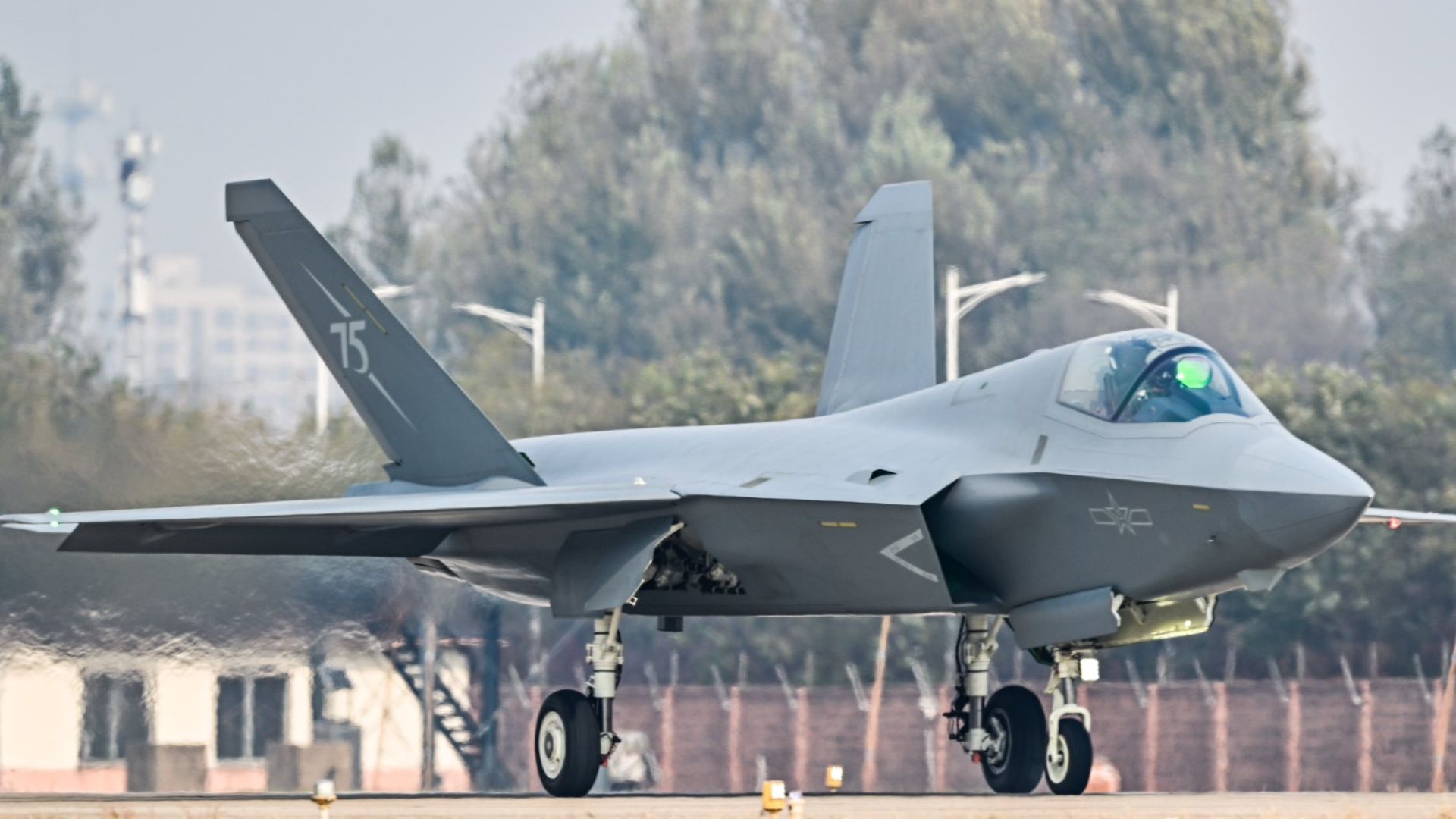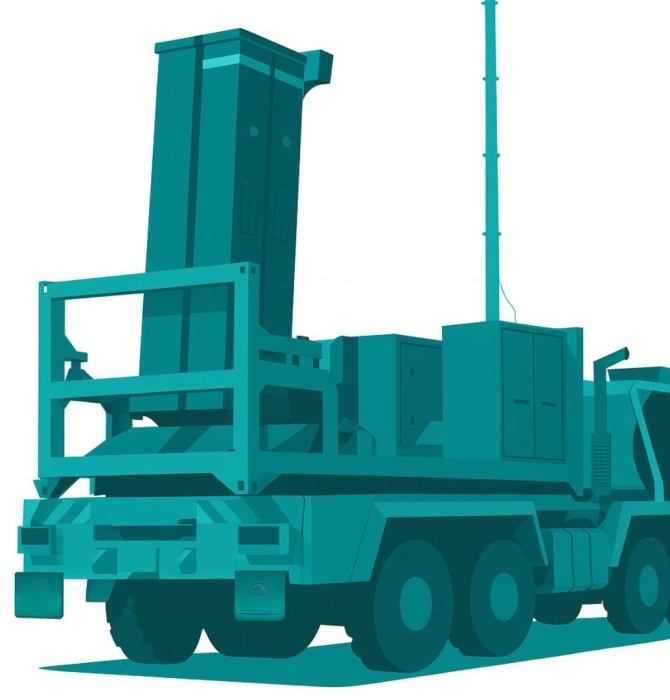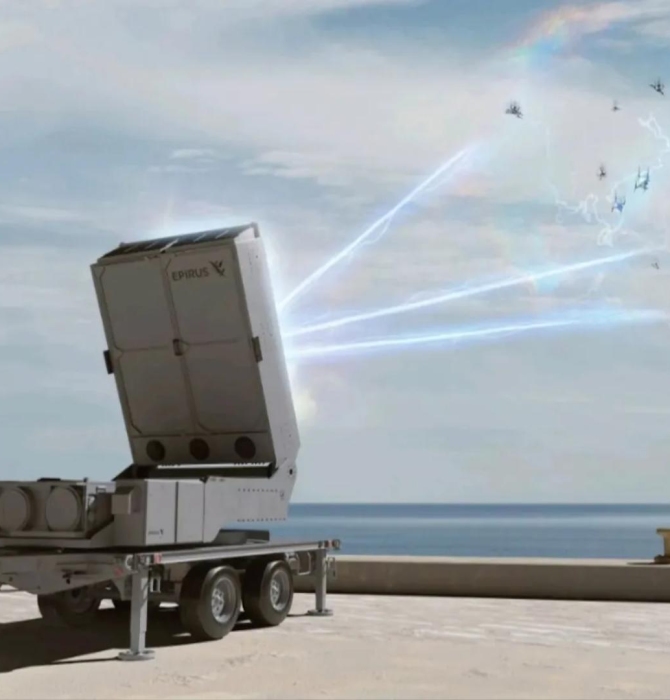12946Views

Pakistan Looks at Procuring HQ-19, J-35 & KJ-500 From China Quwa Premium
On 06 June, the Government of Pakistan announced (on the platform X) that China proposed an arms package consisting of 40 Shenyang J-35 next-generation fighter aircraft (NGFA), the HQ-19 theatre air defence system, and the KJ-500 airborne early warning and control system (AEW&C).
In addition, the government also revealed that Azerbaijan signed a landmark $4.6 billion defence deal with Pakistan that includes 40 JF-17 Thunder fighters from Pakistan Aeronautical Complex (PAC). This seems to be a major expansion of the deal Azerbaijan had signed earlier, which reportedly included 16 JF-17C Block-3 and JF-17B dual-seater aircraft.
The original tweet has been deleted, but the source material is available as a screenshot below:

However, in terms of the potential Pakistani purchases, this announcement sheds light on the country’s – and, in particular, the Pakistan Air Force’s (PAF) – emerging direction.
This direction seems to center on two core priorities: (1) building an edge in terms of offensive capabilities and (2) establishing a strategic air defence umbrella with anti-ballistic missile (ABM) capabilities.
J-35AE: Pursuit for an Offensive Edge
The PAF’s pursuit to build an ‘offensive edge’ stems back to the success it experienced in Pakistan’s skirmish against India in 2019. The PAF viewed its counteroffensive operation, Swift Retort, as a success, and likely sought to continue and expand the underlying framework that drove it.
This framework consisted of 18 to 24 combat aircraft, drones, and special mission aircraft such as the Saab 2000-based Erieye AEW&C and Falcon DA-20-based electronic warfare (EW) platform.
Of the combat aircraft, two JF-17s and four Mirage III/5s were used to deploy stand-off range weapon (SOW) at predesignated Indian military targets, while the remaining aircraft – which consisted of F-16 Block-15 Mid-Life-Update (MLU) and JF-17 Block-2s – focused on air-to-air (A2A) engagements using beyond-visual-range air-to-air missiles (BVRAAM).
With this framework succeeding in 2019, the PAF likely wanted to organize additional wings or units of comparable size and capabilities. In effect, the goal was to build the capacity to carry out operations of similar scope to Swift Retort in more rapid succession or, potentially, concurrently.
While the PAF inducted 20 Chengdu J-10CE, 26 JF-17B, and at least 23 JF-17C Block-3s, it was truly aiming to acquire a larger platform more suited for the strike role, especially in contested environments with credible anti-air threats from both enemy aircraft and air defence systems.
In early 2024, the PAF revealed that it was in the process of acquiring the Shenyang J-31, which was an earlier designation of the aircraft that would eventually become the J-35A.
On the surface, the J-35AE would provide the PAF with a platform with greater range and payload compared to its single-engine multirole fighters, but with qualities like low observability (LO) radar. It would offer a clear capability upgrade, especially compared to the F-16s, which were the PAF’s technologically most sophisticated aircraft until the early 2020s.
The F-16s played a key role in Swift Retort, with one unit scoring a confirmed kill against an Indian Air Force (IAF) MiG-21bis. However, the PAF’s F-16s are essentially locked to an early 2000s configuration that, in contrast with the JF-17C and J-10CE, is technologically behind. Moreover, the oldest aircraft from the Peace Gate I and II units delivered in the 1980s will reach 50 years of age by 2030.
Lockheed Martin does not offer a service life extension program (SLEP) for the F-16A/B Block-15, which forms the bulk of the PAF’s F-16 fleet. The PAF is also no longer interested in procuring new-build F-16s from the U.S., especially since it felt Washington reneged on an earlier agreement allowing the PAF to co-fund new F-16 acquisitions with Foreign Military Financing (FMF) support.
Thus, the J-35AE offers the dual capability and generational jump that the PAF would seek in an ideal successor to its F-16s. However, to reiterate, the PAF’s goal is not to simply replace its older F-16s, but to build a credible offensive capability that reflects the evolving threat environment in South Asia.
End of excerpt (647/2,040 words).
Existing Quwa Premium members can log in below
Note: Logged in members may need to refresh the article page to see the article.


